Unit 23, St Pancras Station, Pancras Road, London, N1C 4QP
The landmark Victorian station and its 21st-century extension are bounded by Pancras Road and Midland Road. The former is named after a 4th-century saint and the latter after the Midland Railway Company (MRC) which built the grand terminus. Before the station opened in 1868, Midland Road was Brewer Street, one of several streets laid out by the Brewers’ Company. Three centuries earlier, this was an area of pasture land acquired by Richard Platt, ‘citizen and brewer of London’. Platt was the proprietor of the Old Swan Brewery by the Thames. He was also twice master of the Brewers’ Company and gave the pasture land to the company for the upkeep of a school.
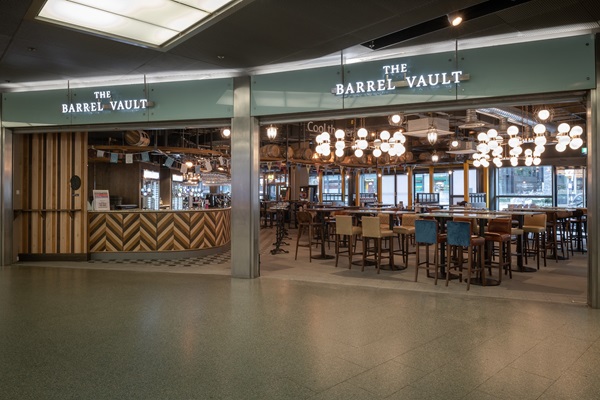
The MRC was determined to make St Pancras ‘the finest and smartest railway station in London’. The single-span iron-and-glass roof, designed by its chief engineer William Barlow, is a marvel of Victorian engineering. Painted blue to ‘give the impression that the roof melted seamlessly into the sky’, it was recently restored using a new paint named English Heritage Barlow Blue.
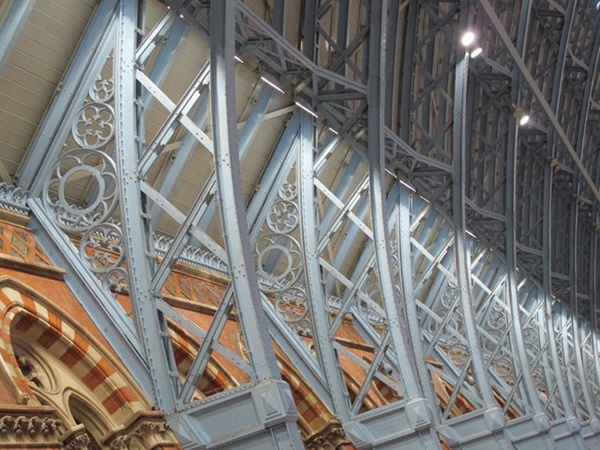
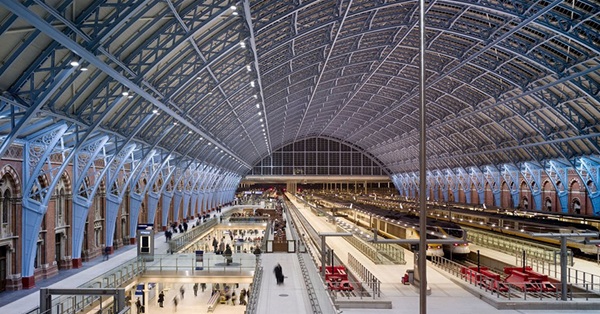
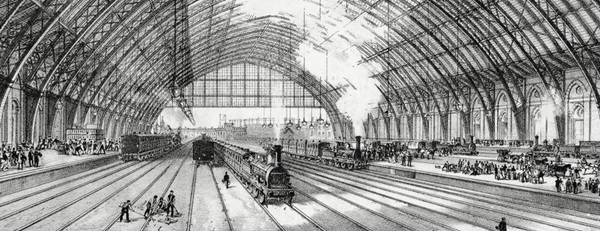
To overcome the natural slope of the land and numerous other constraints, Barlow decided that trains would enter the railway station on a raised deck, over five metres higher than the adjoining roads. The deck was supported by hundreds of cast-iron columns. The elevated platforms meant that there was a vast area below available for storage. It was used to store thousands of barrels of ‘Burton Beer’ – highly popular in the capital at the time.
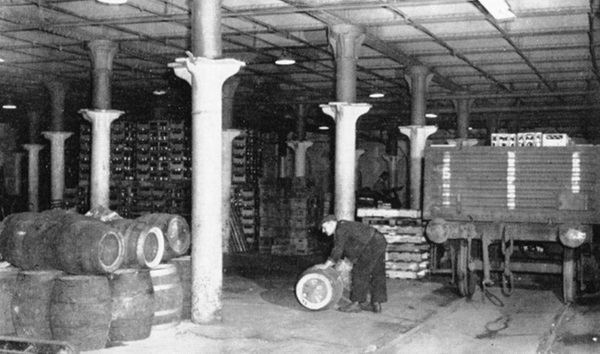
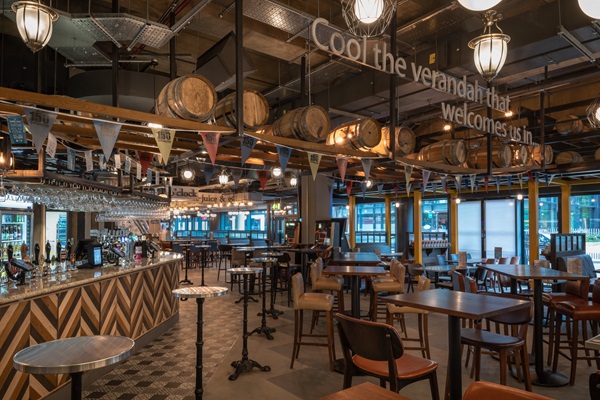
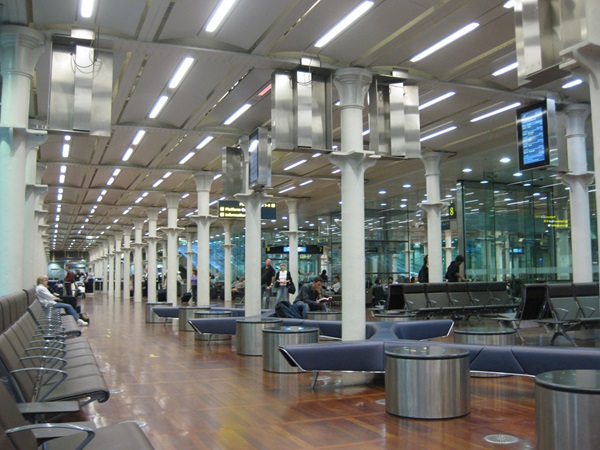
‘Burton Beer’ was brought mainly from the Bass and Thomas Salt breweries in Burton-on-Trent. Salt’s store dominated the eastern façade of the station (a few steps south of the J D Wetherspoon site) and included a sampling room, in which wholesalers could taste the beers. Salt’s business was later taken over by Bass, whose trains continued bringing beer to St Pancras until 1964.
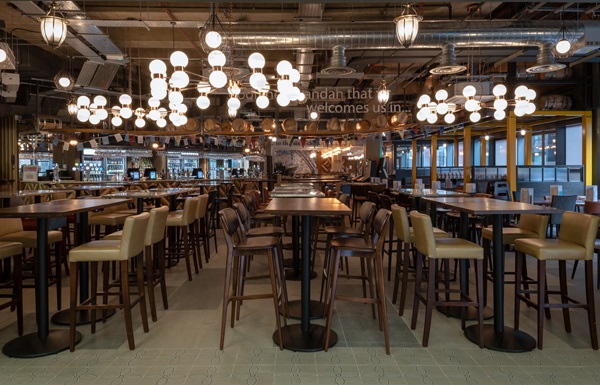
The almost-never-ending beer barrels were lowered from platform level into the vast storage area below by means of a hydraulic lift. The site of the lift is clearly marked on old Ordnance Survey maps (from the 1870s until the 1960s), almost within touching distance of today’s J D Wetherspoon premises. There were also several signal posts in the immediate vicinity, vital for the safe passage of the many beer trains entering and leaving the station.
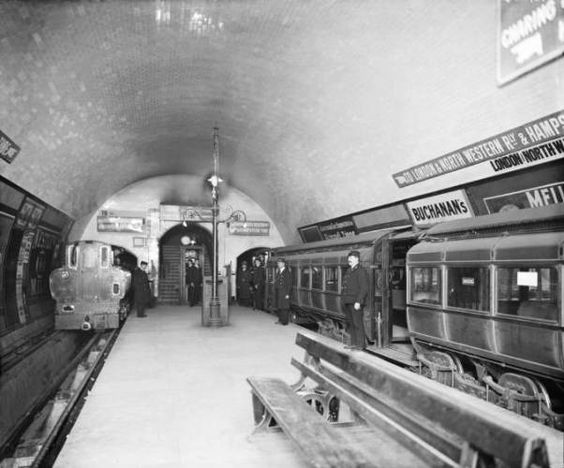
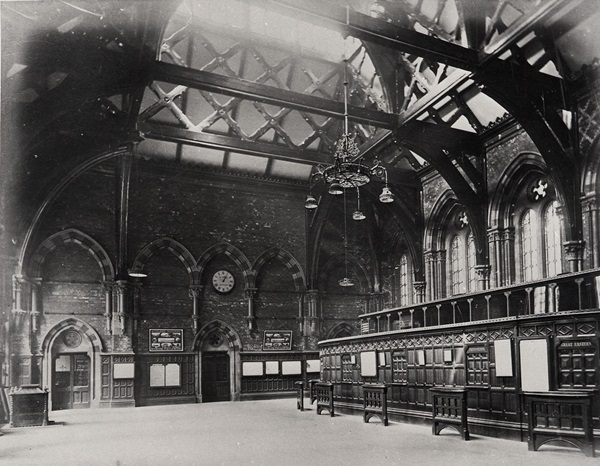
If you have information on the history of this pub, then we’d like you to share it with us. Please e-mail all information to: pubhistories@jdwetherspoon.co.uk